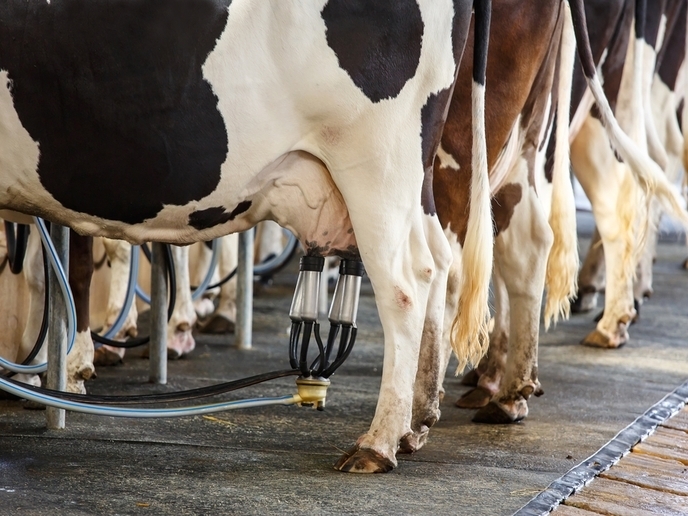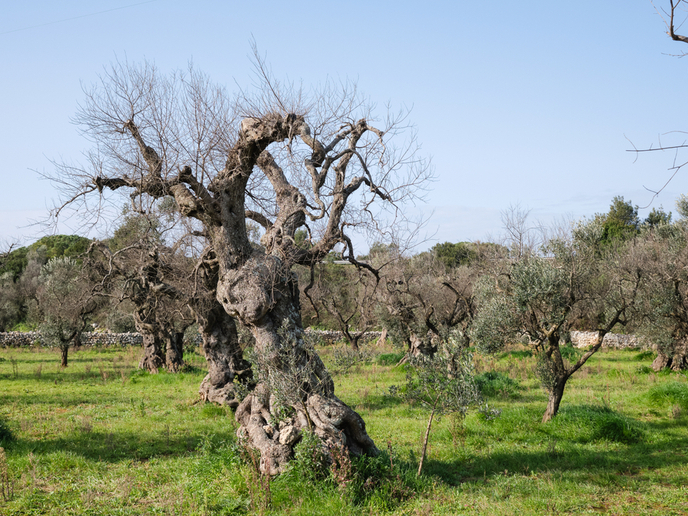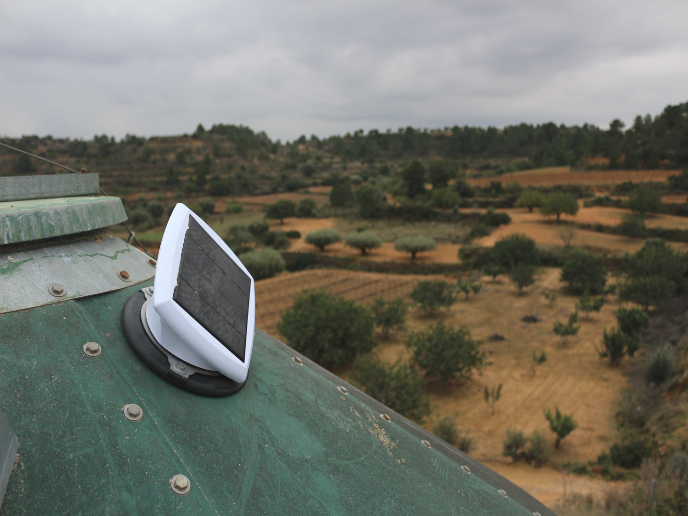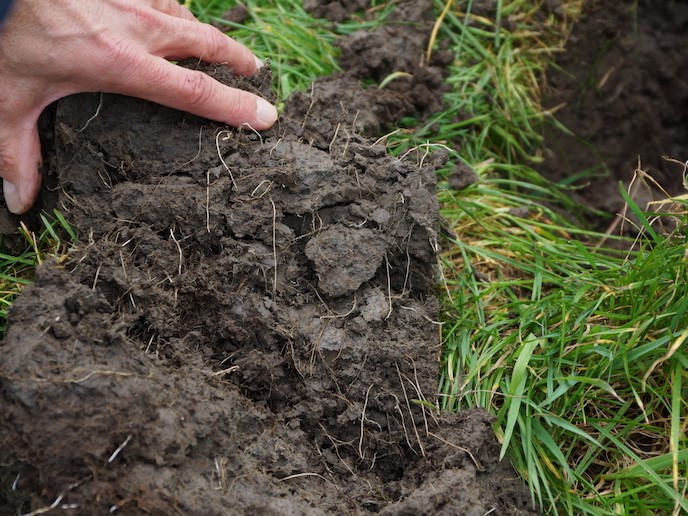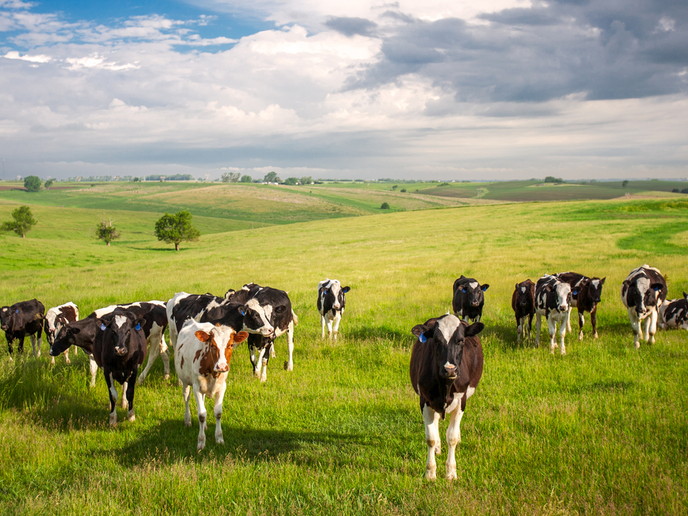Hi-tech cameras reduce antibiotic use in cattle
Bovine mastitis is the most common and costly disease of dairy cattle around the world. The potentially fatal bacterial infection affects the animals’ udders and is introduced during the milking process or from the environment. Through major losses in milk production and degradation in milk quality, mastitis has a significant negative economic impact on farms. Use of antibiotics is currently the only solution for controlling mastitis, but in many cases, this method is ineffective because it does not prevent the development of antimicrobial resistance (AMR). Therefore, scientists around the world are urgently seeking a non-biotic treatment to use in the fight against mastitis.
Help for farmers
The AGRICAM project addressed this challenge by developing a sensor-based solution to monitor lactating cows. “Our patented thermal camera system can perform over 10 000 analyses daily for large-scale and heavy-duty dairy farms in Sweden, with a detection time 2-4 times faster than any current methods, and no antibiotics are needed for tackling the disease,” states project coordinator Ellinor Eineren. This innovative approach emerged from military infrared camera technology and became a tool to combat mastitis in dairy cows. To date, Agricam has been installed in over 30 dairy farms in Sweden and the Agri-Food and Biosciences Institute in Northern Ireland. The technology has proven its capacity as a research tool and to decrease the use of antibiotics, bringing measurable economic benefits for farmers. Agricam also developed a patented optical system invented by Eineren that scans petri dishes and identifies bacteria cultures in real time with the same reliability as a laboratory. “Bacticam enables farmers to obtain bacteriological information in 8-12 hours at half the cost of current tests. It comprises a sampling and heating cabinet where bacteria are cultured on a petri dish and then analysed using a machine learning-based image classifier,” Eineren explains.
Fast, cheap and accurate
The aims of implementing this solution are to reduce costs for cultivation and analysis of bacteria culture for dairy farmers and veterinarians, increase the accuracy of bacterial identification and reduce the response time for the analysis. This compares favourably with the current method of conducting a morphologic assessment of bacterial colonies by trained veterinarians. However, using the traditional method, the dairy farmer must send milk samples to a lab or a veterinarian and wait for 5-15 days for the results. This approach is expensive, and the delay prevents the farmer from taking swift action to prevent the spread of infection throughout the herd. Hence, the farmer may start treatment with antibiotics before results arrive. Bacticam can therefore revolutionise on-farm pathogen identification. Eineren concludes: “By exploiting recent advances in machine learning methods for image classification, we have been able to automate pathogen identification. Bacticam’s performance continually improves as data fed into the algorithm increases, and we soon expect to surpass the performance of trained professionals – bringing expert-level performance to every farm.”
Keywords
AGRICAM, antibiotic, mastitis, milk, Bacticam, cattle, algorithm, thermal camera, antimicrobial



